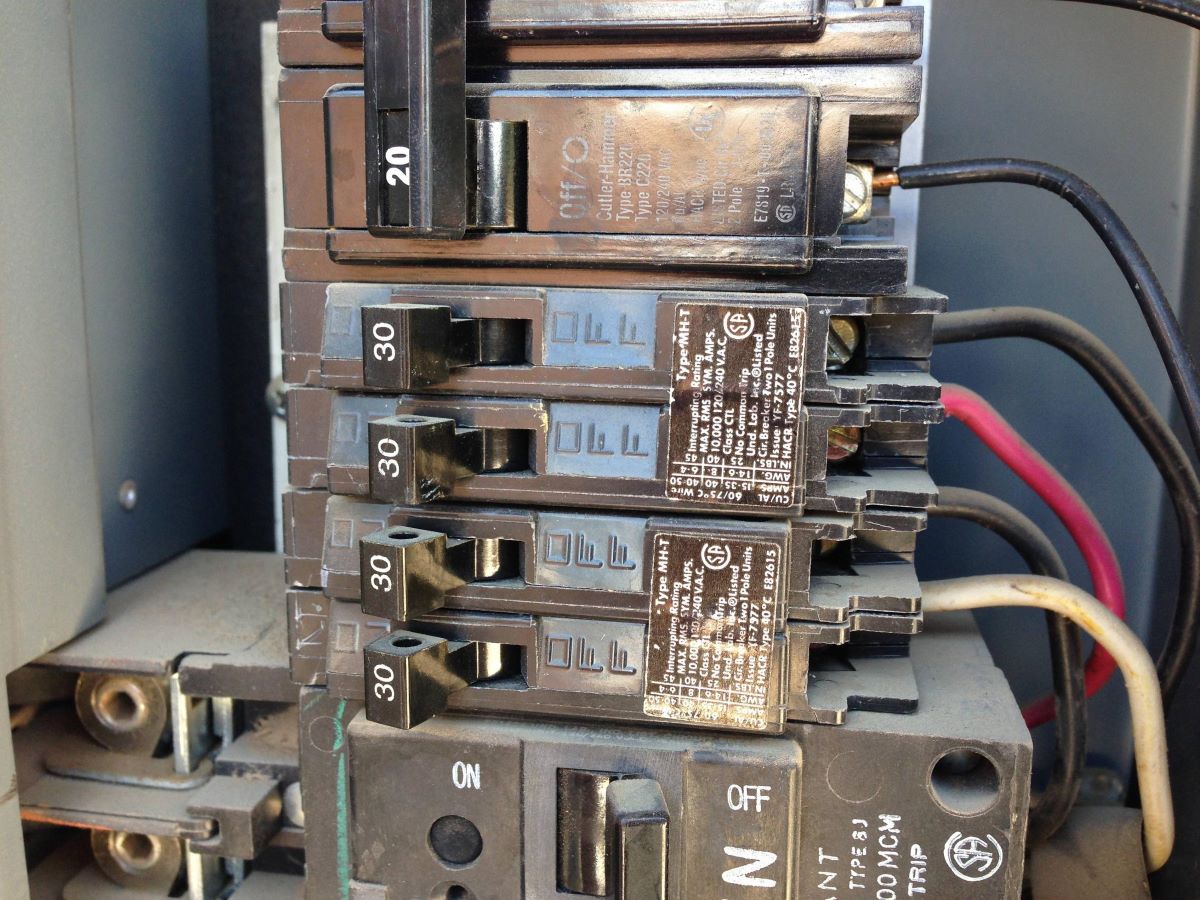

Articles
How Many Tandem Breakers In A Panel
Modified: May 6, 2024
Discover how many tandem breakers you can install in a panel with our informative articles. Learn the limits and ensure electrical safety today.
(Many of the links in this article redirect to a specific reviewed product. Your purchase of these products through affiliate links helps to generate commission for Storables.com, at no extra cost. Learn more)
Introduction
In every home or building, the electrical panel is the heart of the electrical system. It houses all the circuit breakers that control the distribution of electricity throughout the premises. Within the panel, there are different types of breakers, each with its own specific function and capacity. One type that often raises questions is the tandem breaker.
A tandem breaker, also known as a double-pole tandem breaker or a twin breaker, is a compact two-pole circuit breaker that fits into a single slot in the panel. It allows two separate electrical circuits to be controlled by a single breaker, effectively saving space and increasing capacity. Understanding how many tandem breakers are allowed in a panel is important for various reasons, including electrical safety and compliance with electrical code regulations.
Key Takeaways:
- Tandem breakers, while space-saving and efficient, must adhere to panel capacity and electrical code regulations to prevent hazards and ensure safe operation of the electrical system.
- Calculating the maximum number of tandem breakers allowed involves considering panel specifications, available slots, and limitations set by the manufacturer and electrical codes. Professional electrician consultation is recommended for safety and compliance.
Read more: How Do Tandem Breakers Work
What is a Tandem Breaker?
A tandem breaker is designed to provide an efficient solution when more circuit capacity is needed in a panel. Unlike a standard breaker that takes up two adjacent slots in the panel, a tandem breaker occupies only one slot. This allows for doubling the number of circuits without requiring additional physical space in the panel. It is important to note, however, that tandem breakers are not compatible with all panel types and models, so it is crucial to check the panel manufacturer’s specifications before installing them.
Tandem breakers work by having two separate circuit breakers housed within a single unit, each controlling its own individual electrical circuit. This allows for greater flexibility in circuit distribution, as multiple appliances or devices can be connected to separate circuits while still being protected by a single breaker.
Importance of Understanding Panel Capacity
Every electrical panel has a maximum capacity, also known as its “bus bar rating.” This rating determines the total number of circuits, including standard and tandem breakers, that can be safely installed in the panel. Exceeding the panel’s capacity can lead to problems such as tripped breakers, overheating, and even electrical fires.
Knowing the rules and limitations of tandem breakers in a panel is crucial for maintaining the electrical system’s functionality, efficiency, and safety. It helps prevent overloading the panel, reduces the risk of electrical faults, and ensures proper distribution of electricity throughout the building.
Code Requirements
The installation and use of tandem breakers are subject to specific regulations outlined in the electrical code. These codes vary depending on the geographic location and the type of premises, such as residential or commercial.
In residential settings, the National Electrical Code (NEC) provides guidelines for the installation of tandem breakers. It specifies the permissible number of tandem breakers allowed in a panel based on the panel’s bus bar rating. It is essential to adhere to these regulations to ensure compliance and the safe operation of the electrical system.
Key Takeaways:
- Tandem breakers, while space-saving and efficient, must adhere to panel capacity and electrical code regulations to prevent hazards and ensure safe operation of the electrical system.
- Calculating the maximum number of tandem breakers allowed involves considering panel specifications, available slots, and limitations set by the manufacturer and electrical codes. Professional electrician consultation is recommended for safety and compliance.
Read more: How Do Tandem Breakers Work
What is a Tandem Breaker?
A tandem breaker is a type of circuit breaker that is designed to fit into a single slot in an electrical panel but provides the functionality of two separate breakers. It is also referred to as a double-pole tandem breaker or a twin breaker. The primary purpose of a tandem breaker is to increase the capacity of the electrical panel by allowing the installation of additional circuits without taking up additional physical space.
One of the key differences between a tandem breaker and a standard breaker is the size. A standard breaker takes up two adjacent slots in the panel, while a tandem breaker fits into a single slot. This compact size makes tandem breakers ideal for panels with limited space, such as older panels that may not have enough slots to accommodate additional circuits.
Tandem breakers are commonly used in residential settings where space is often a constraint. They are frequently employed in panel upgrades and renovations when homeowners need to add new circuits without replacing the entire panel. These breakers allow for more flexibility in circuit distribution, enabling homeowners to power additional appliances or devices without the need for extensive rewiring.
It is important to note that not all electrical panels are compatible with tandem breakers. The panel manufacturer’s specifications should be consulted to ensure that the panel can accommodate tandem breakers. Additionally, tandem breakers have limitations in terms of the types of circuits they can be used for, and these limitations should be carefully considered before installation.
Read more: How Many Breakers In A 60 Amp Panel
Panel Capacity
The panel capacity refers to the maximum number of circuit breakers that can be safely installed in an electrical panel. It is a crucial consideration in electrical installations as exceeding the panel’s capacity can lead to performance issues, overheating, and potential hazards such as electrical fires. Understanding panel capacity is essential when determining how many tandem breakers can be installed in a panel.
Several factors determine the maximum number of breakers allowed in a panel:
1. Bus Bar Rating: The bus bars in the electrical panel are the conductive strips that carry the electrical current. The bus bar rating specifies the maximum amount of current that the bus bars can handle safely. It sets the upper limit for the total electrical load the panel can support.
2. Ampacity: Ampacity refers to the rating of the electrical service coming into the building. The ampacity rating determines the overall capacity of the electrical system and affects the number of circuits that can be installed in the panel.
3. Physical Space: The physical dimensions of the panel play a role in determining the capacity. Panels with more slots can accommodate a greater number of breakers.
4. Economic Factors: The cost of panel upgrades and the availability of suitable panels may influence the decision on how many breakers can be installed. Upgrading to a larger panel may allow for more tandem breaker installations.
Tandem breakers play a role in panel capacity calculations because they enable the installation of additional circuits without taking up more physical slots. By using tandem breakers, homeowners or electricians can increase the capacity of the panel and add more circuits without the need for extensive rewiring or replacing the entire panel. However, it is essential to ensure that the bus bar rating and the ampacity of the panel allow for the installation of the desired number of tandem breakers.
Code Requirements
Electrical code regulations govern the installation and use of tandem breakers to ensure the safety and functionality of electrical systems. Adhering to these regulations is crucial to prevent hazards and comply with local electrical codes. Here is an overview of the main code requirements regarding tandem breakers:
1. Electrical Code Regulations: The electrical code, such as the National Electrical Code (NEC) in the United States, provides guidelines for electrical installations, including the use of tandem breakers. These codes outline the requirements for panel capacity, installation, and other safety considerations.
2. Residential Panels: In residential panels, the NEC specifies the maximum number of tandem breakers allowed based on the bus bar rating. This limit is designed to prevent overloading the panel and ensure the safe operation of the electrical system. It is important to consult the NEC or the local electrical code specific to your area for the exact requirements.
3. Commercial Panels: Commercial panels may have different requirements depending on the specific code governing the area of installation. Consultation with a qualified electrician and adherence to local electrical codes is essential to ensure compliance with the regulations for tandem breakers in commercial panels.
4. Consequences of Exceeding Code Limits: Exceeding the code limits for tandem breakers can have serious consequences. It can lead to excessive heat buildup, increased risk of electrical fires, and potential damage to electrical equipment. Additionally, exceeding the code limits may result in non-compliance with electrical codes, which can carry penalties or hinder the sale of a property during inspections.
It is essential to consult a licensed electrician to determine the specific code requirements for tandem breakers in your area. They will ensure that the installation meets all safety requirements and code regulations, providing peace of mind and a compliant electrical system.
Calculating the Number of Tandem Breakers
Calculating the maximum number of tandem breakers allowed in a panel requires careful consideration of several factors. Here is a step-by-step guide to help you determine the appropriate number of tandem breakers allowed in your electrical panel:
1. Review Panel Specifications: Start by reviewing the manufacturer’s specifications for your electrical panel. Look for information on the panel’s bus bar rating, ampacity, and any specific guidelines or limitations regarding the use of tandem breakers.
2. Determine Panel Capacity: Calculate the overall panel capacity by considering the bus bar rating and ampacity. The bus bar rating indicates the maximum load that can be safely supported by the panel. Ensure that the total load of all connected circuits, including both standard and tandem breakers, does not exceed this rating.
3. Consider Available Slots: Count the number of available slots in the panel. Keep in mind that tandem breakers occupy a single slot, while standard breakers take up two adjacent slots.
4. Allocate Space for Standard Breakers: Reserve slots for any required standard breakers based on the specific circuit requirements. These may include dedicated circuits for major appliances or specific electrical systems.
5. Calculate Tandem Breaker Capacity: Subtract the number of slots allocated for standard breakers from the total available slots. This will give you the remaining number of slots that can potentially accommodate tandem breakers.
6. Determine Tandem Breaker Limits: Refer to the manufacturer’s specifications to determine the maximum number of tandem breakers allowed in a single slot. This information may be provided as a guide or in the form of ampacity limitations. Consider any additional restrictions or regulations mandated by local electrical codes.
7. Calculate Maximum Tandem Breakers: Multiply the remaining number of slots by the maximum number of tandem breakers allowed per slot. This will give you the maximum number of tandem breakers that can be installed in your panel.
8. Consult with an Electrician: If you are unsure about any aspect of the calculations or if you require assistance, it is always recommended to consult with a licensed electrician. They can provide expert guidance based on the specific requirements of your electrical panel and ensure compliance with electrical codes.
Remember, proper calculation and adherence to the panel’s specifications and electrical codes are crucial to ensure the safe and efficient operation of your electrical system.
Upgrading a Panel for More Tandem Breakers
If you need to increase the number of tandem breakers in your electrical panel, there are a few options available to accommodate the additional circuits. Here are some considerations and steps involved in upgrading an existing panel:
1. Consult with an Electrician: Start by consulting with a licensed electrician who can assess your current panel and determine the feasibility of adding more tandem breakers. They will evaluate your electrical system’s capacity, consider local electrical codes, and advise on the best course of action.
2. Upgrade to a Larger Panel: One option is to upgrade your existing panel to a larger size that offers more slots. This allows for the installation of additional tandem breakers without overloading the system. Upgrading to a larger panel requires a professional electrician to disconnect the existing panel, upgrade the panel box, and reconnect all circuits to the new panel. This process may also involve updating the grounding system.
3. Add a Subpanel: If upgrading to a larger panel is not feasible, another option is to add a subpanel. A subpanel serves as an extension of the main panel and provides additional circuit capacity. It is connected to the main panel through a feeder circuit, allowing for the installation of more tandem breakers. Adding a subpanel requires careful planning and must be done by a qualified electrician.
4. Cost Considerations: The cost of upgrading a panel for more tandem breakers depends on various factors, including the size of the panel, the complexity of the installation, and any necessary electrical upgrades. It is important to obtain quotes from reputable electricians to determine the specific costs associated with your situation.
5. Potential Limitations: It is essential to consider potential limitations when adding more tandem breakers. The existing electrical system and wiring may have limitations on the total load that can be supported. Upgrading the panel or adding a subpanel may require additional work, such as upgrading the grounding system or addressing any code violations. The physical space available for panel installation should also be considered.
When upgrading a panel for more tandem breakers, it is critical to work with a qualified electrician who can provide expertise, ensure compliance with electrical codes, and prioritize safety. They will guide you through the process, help you select the right options for your needs, and ensure that the electrical system operates efficiently and safely.
Read more: How Many Breakers In 100 Amp Panel
Safety and Considerations
When it comes to using tandem breakers in electrical panels, safety should always be a top priority. Here are some important considerations to ensure electrical safety and minimize risks associated with tandem breakers:
1. Importance of Electrical Safety: Electrical safety is paramount to protect your home, property, and the occupants. Ensuring that the electrical system, including the use of tandem breakers, adheres to safety standards and code requirements is essential to prevent electrical accidents, fires, and damage to electrical equipment.
2. Hiring a Professional Electrician: It is highly recommended to hire a licensed and experienced electrician for any panel upgrades or modifications. A professional electrician has the knowledge, skills, and expertise to evaluate your electrical system, perform necessary calculations, and conduct safe installations or modifications. They understand local electrical codes and can ensure compliance and electrical safety.
3. Research and Recommendations: When hiring an electrician for panel upgrades or tandem breaker installations, do your research. Seek recommendations from trusted sources, such as friends, family, or reputable online review platforms. Look for electricians who have experience in panel upgrades and a track record of providing reliable and safe services.
4. Verify Licenses and Insurance: Before hiring an electrician, verify their licenses and insurance credentials. A licensed electrician ensures that they have the necessary qualifications and knowledge to perform the job safely. Insurance coverage protects you from any liabilities in case of accidents or damages during the project.
5. Risks of Exceeding Panel Capacity: Exceeding the capacity of an electrical panel poses several risks and hazards. Overloading the panel can lead to the tripping of breakers, overheating of wires and components, and an increased risk of electrical fires. It can also cause damage to electrical devices, appliances, and electronics connected to the overloaded circuits.
6. Regular Maintenance and Inspections: It is important to schedule regular maintenance and inspections of your electrical system. Routine inspections can identify any potential issues or signs of overload, ensuring early detection and preventive measures to maintain electrical safety.
Remember, electrical work should never be taken lightly or attempted by unqualified individuals. Always prioritize safety and consult with a professional electrician whenever you have questions, concerns, or need electrical services. They are equipped to handle tandem breaker installations, panel upgrades, and ensure the electrical system operates safely and efficiently.
Conclusion
In summary, understanding the limitations and regulations surrounding tandem breakers in an electrical panel is crucial for a safe and efficient electrical system. Let’s recap the key points discussed in this article:
– Tandem breakers are compact two-pole circuit breakers that fit into a single slot in the panel, increasing circuit capacity without requiring additional physical space.
– Tandem breakers differ from standard breakers in their size and ability to control multiple circuits in a single unit.
– Panel capacity is the maximum number of breakers that can be safely installed in an electrical panel, and it is determined by factors such as the bus bar rating, ampacity, and physical space available.
– Compliance with electrical code regulations is essential, and specific guidelines exist for residential and commercial panels regarding the use of tandem breakers.
– Exceeding the code limits can result in serious consequences, including overheating, tripped breakers, electrical fires, and non-compliance with electrical codes.
– Calculating the maximum number of tandem breakers allowed involves considering the panel’s specifications, available slots, and limitations set by the manufacturer and electrical codes.
– Upgrading a panel for more tandem breakers can be achieved through options like upgrading to a larger panel or adding a subpanel. The cost and feasibility of these options should be carefully considered.
– Safety should always be a priority when using tandem breakers or making any modifications to the electrical system.
– Hiring a professional electrician is highly recommended for panel upgrades or modifications to ensure compliance with electrical codes, proper installations, and overall electrical safety.
In conclusion, understanding the limitations and regulations surrounding tandem breakers is essential to maintain the safety and functionality of your electrical system. By adhering to electrical codes, consulting with professionals, and prioritizing safety, you can ensure the proper and efficient use of tandem breakers in your electrical panel. Stay informed, make informed decisions, and enjoy a safe and reliable electrical system.
Curious about how those handy tandem breakers operate within your electrical panel? Our next piece sheds light on the mechanics and principles behind tandem breakers, ensuring you're well-equipped to understand their function and advantages in home electrical systems. Don't miss out on this essential read to get all the insights you need for safer and more efficient power management.
Frequently Asked Questions about How Many Tandem Breakers In A Panel
Was this page helpful?
At Storables.com, we guarantee accurate and reliable information. Our content, validated by Expert Board Contributors, is crafted following stringent Editorial Policies. We're committed to providing you with well-researched, expert-backed insights for all your informational needs.
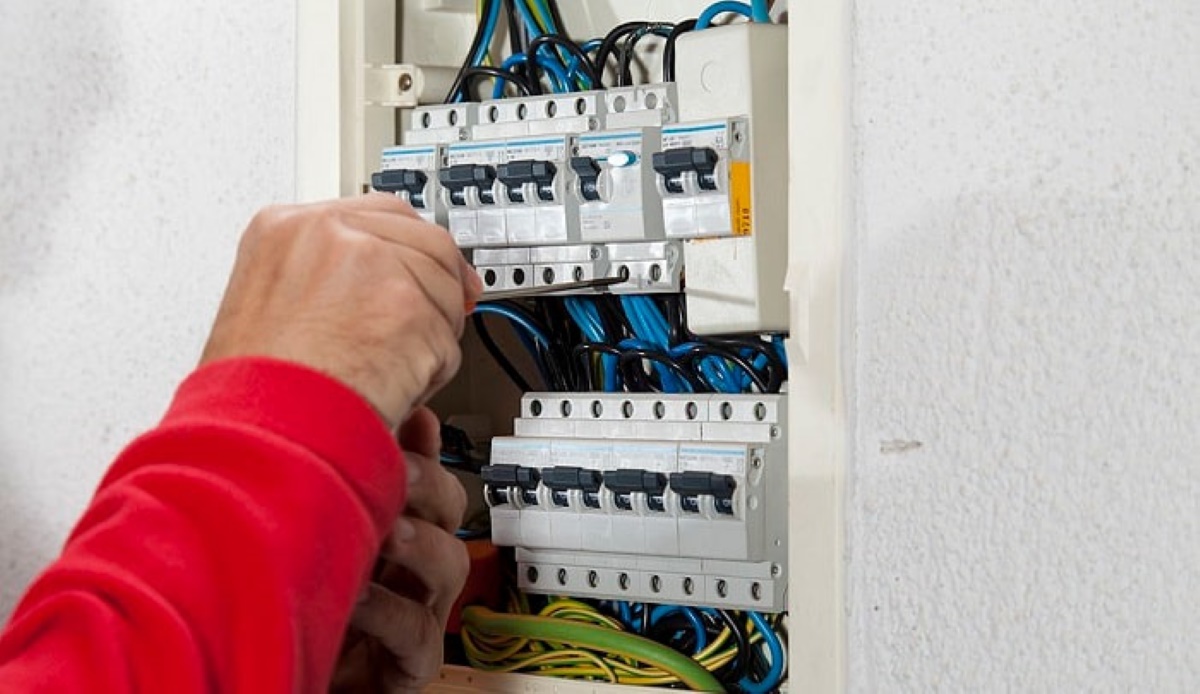
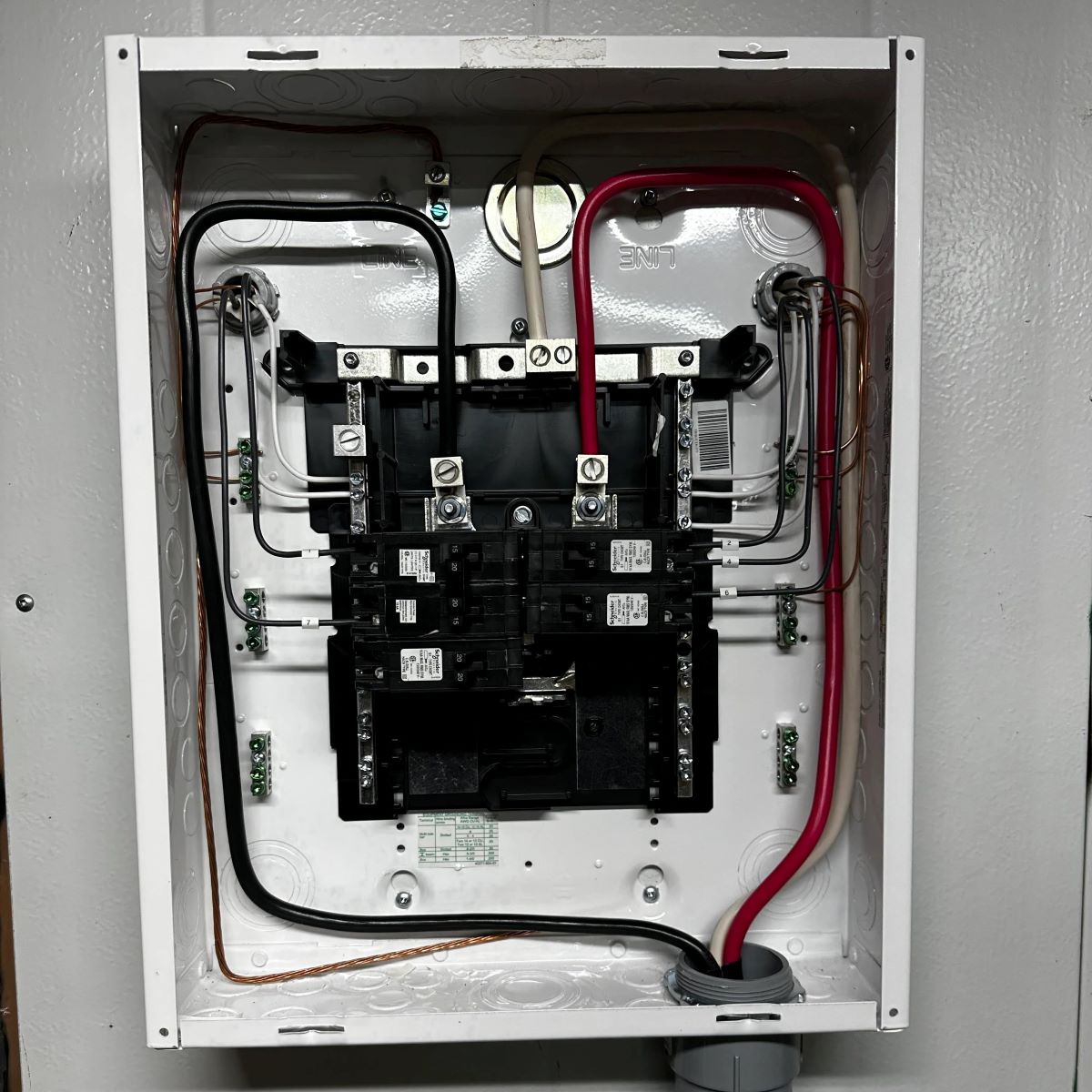

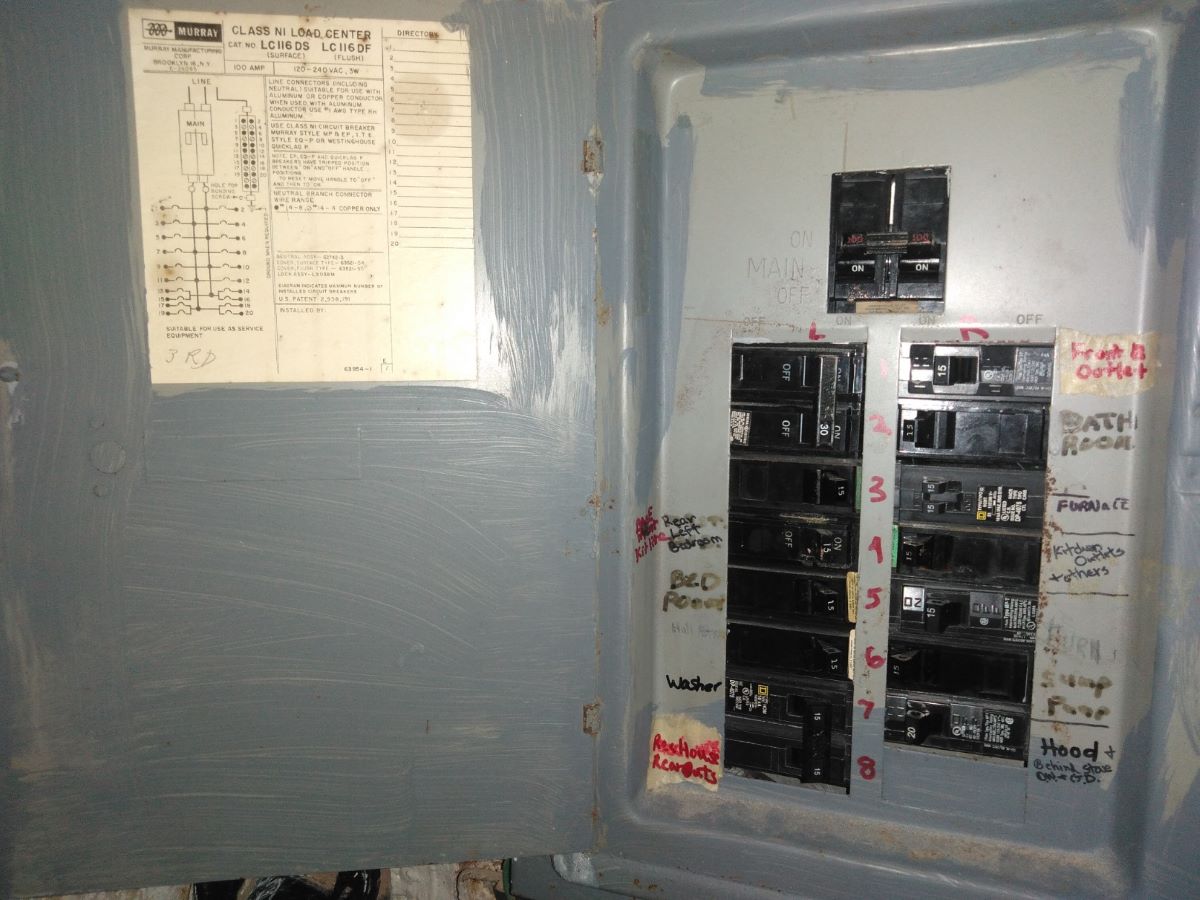
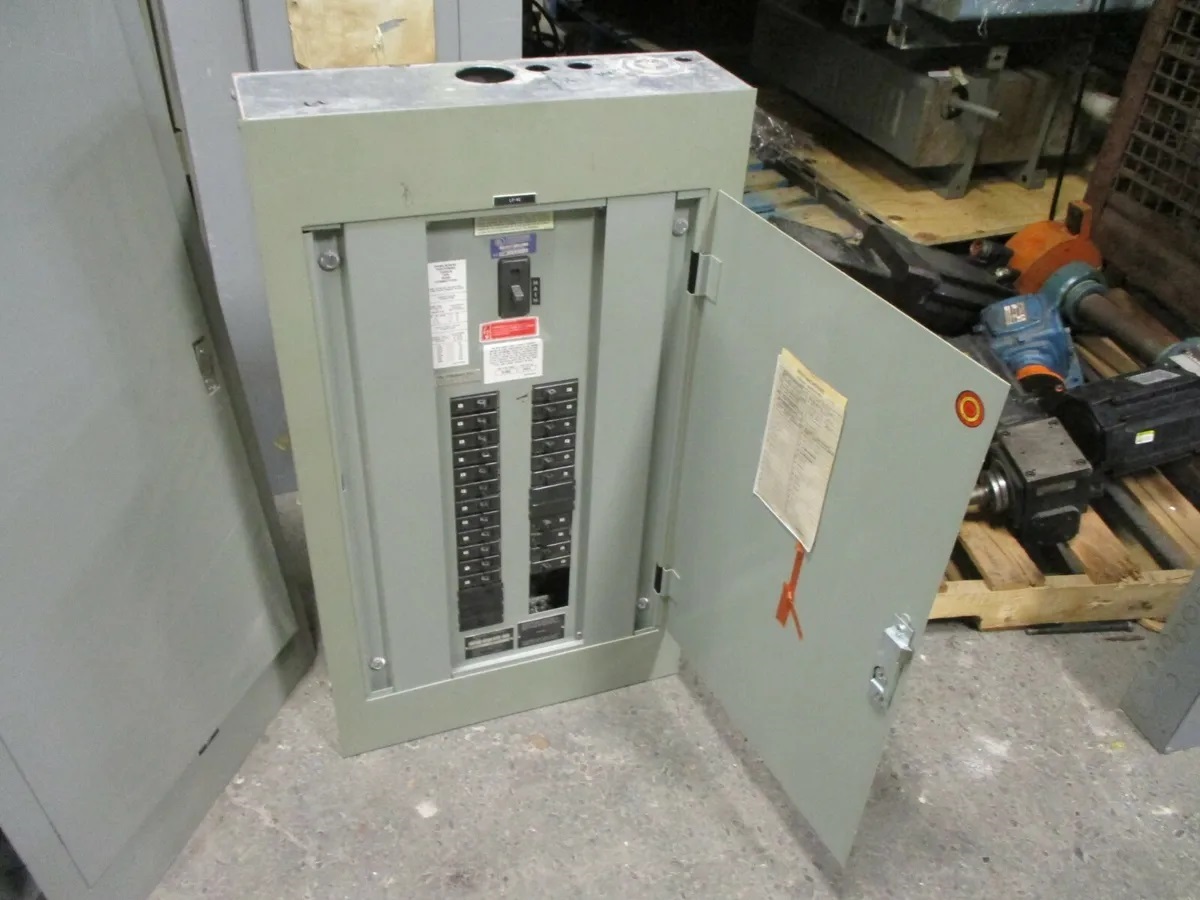
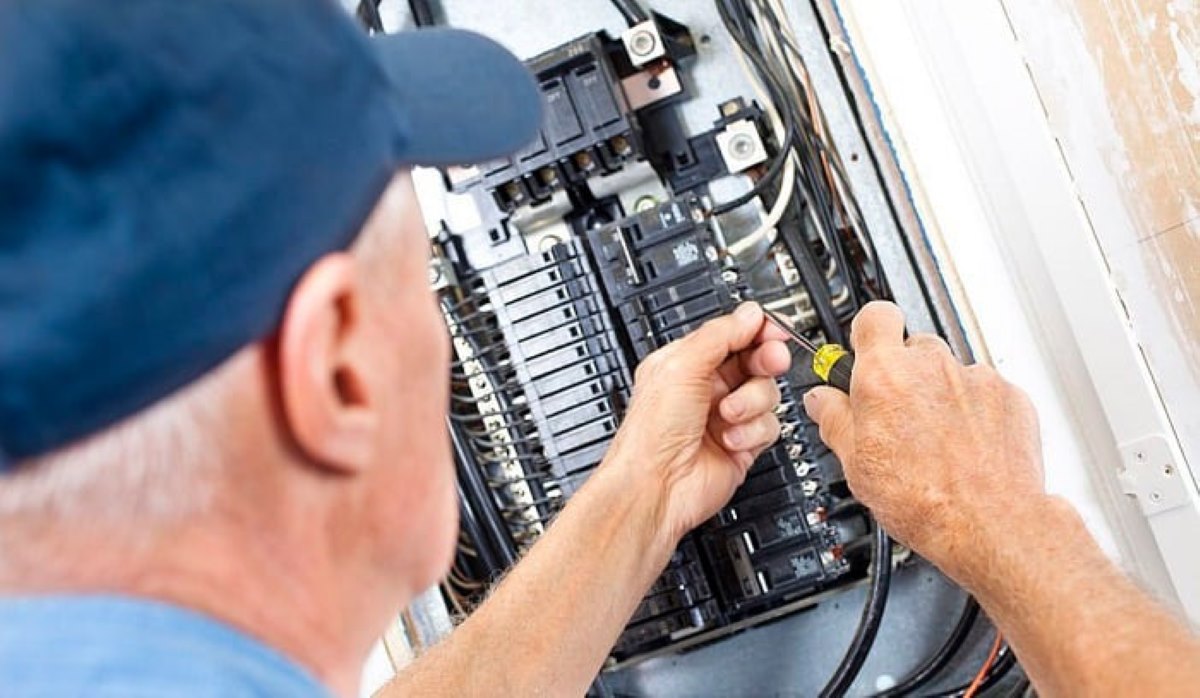
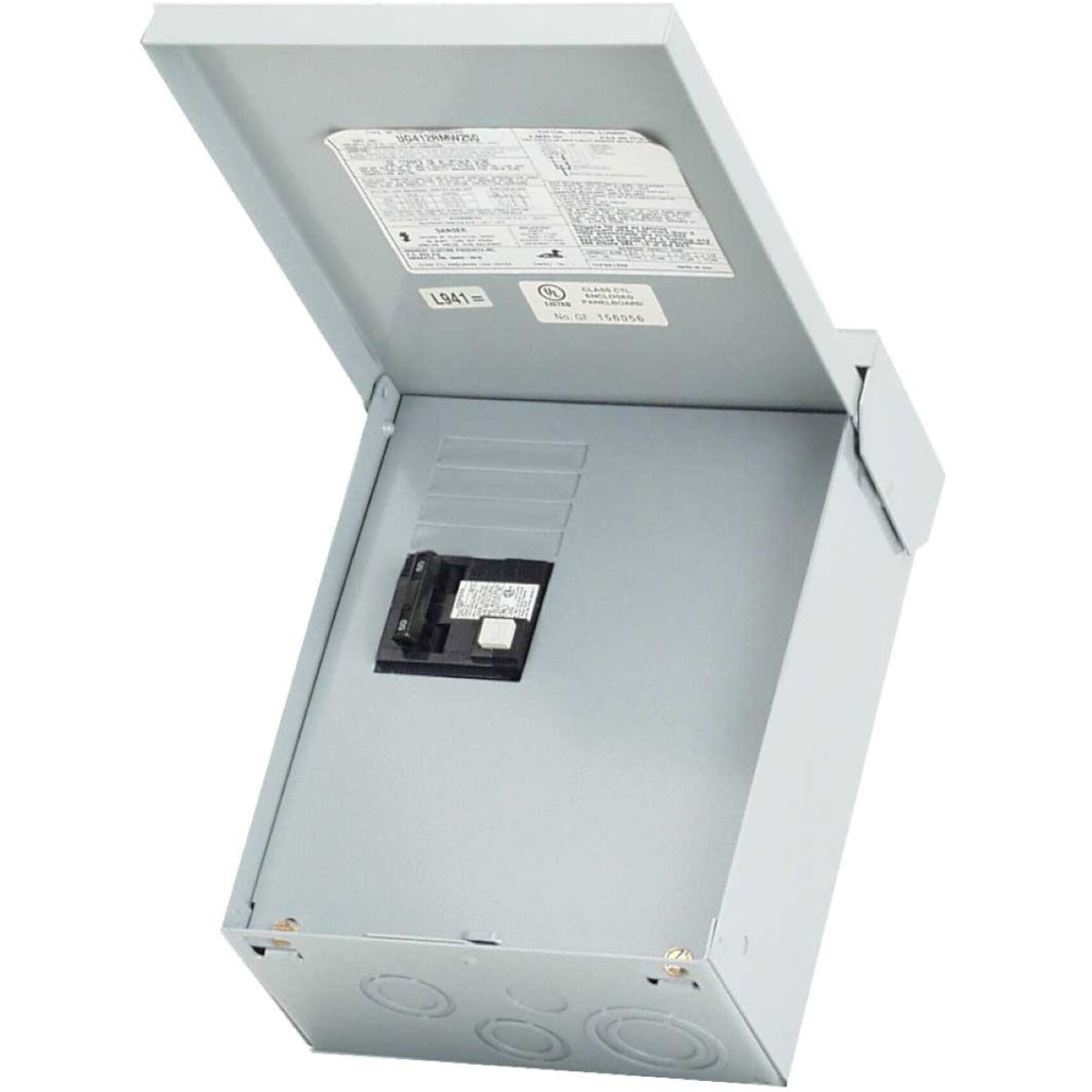
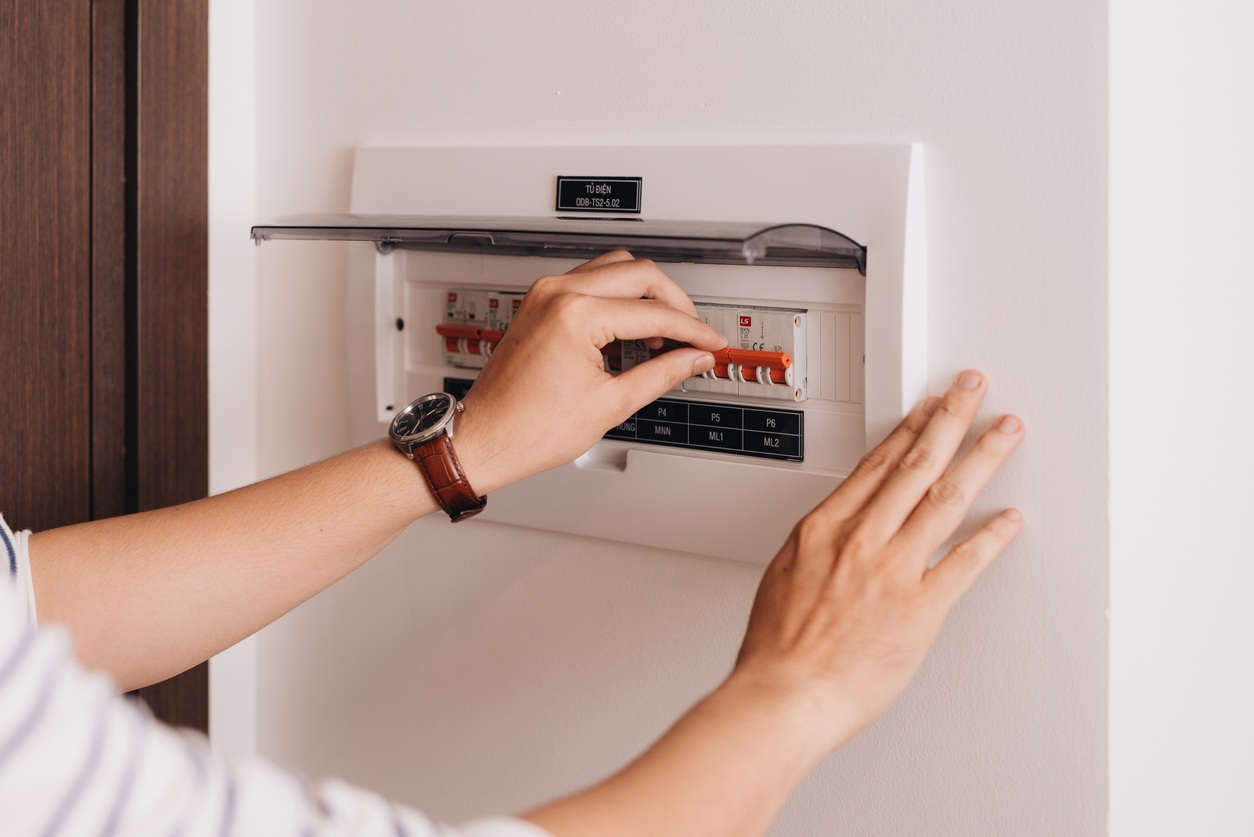
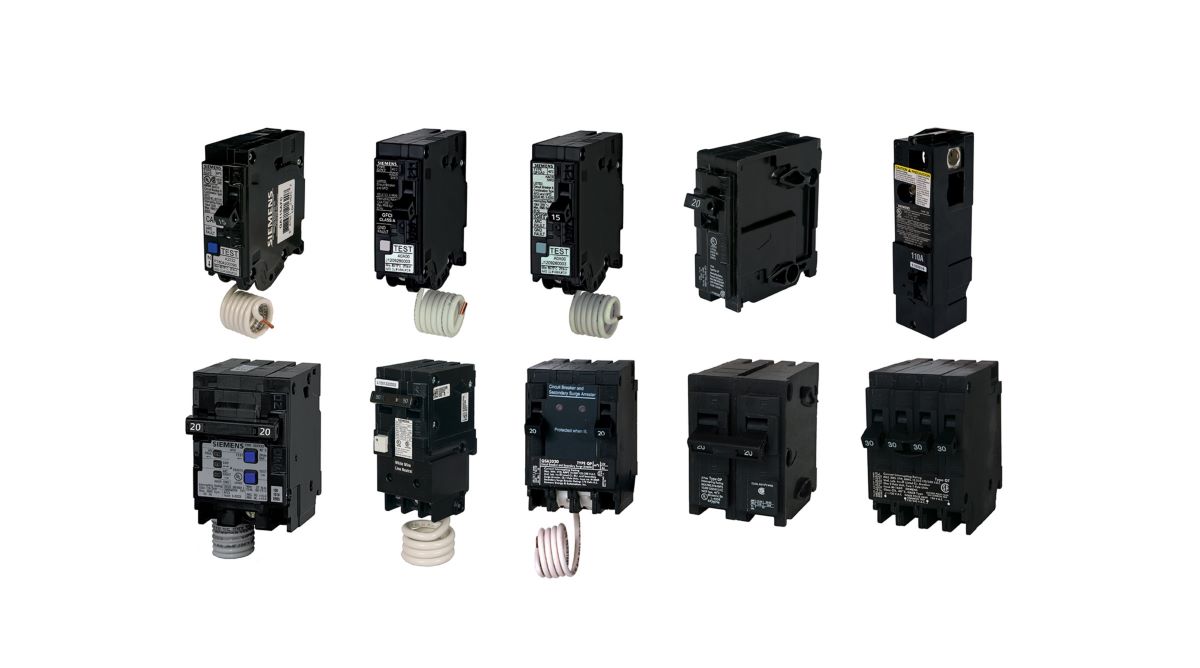
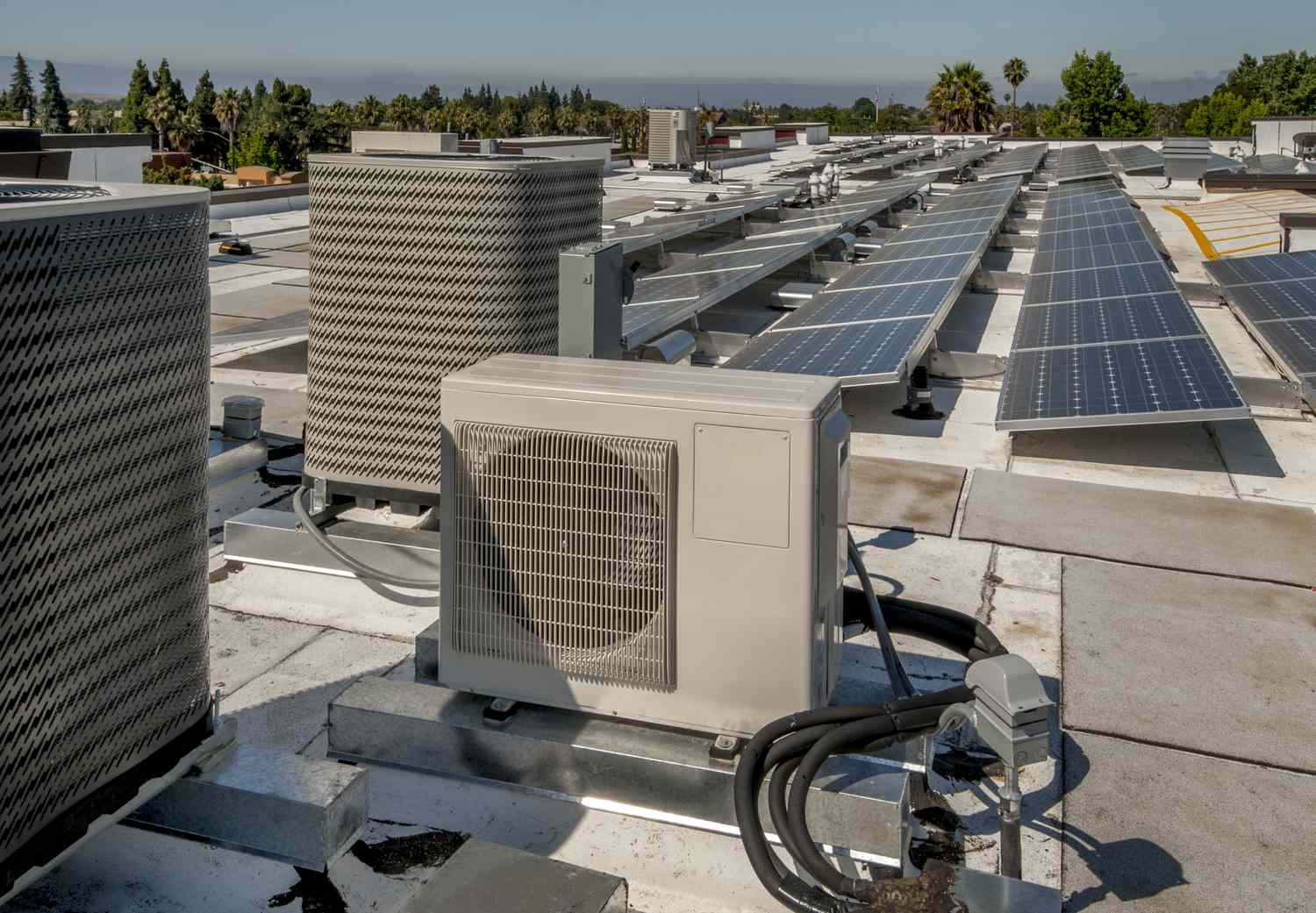
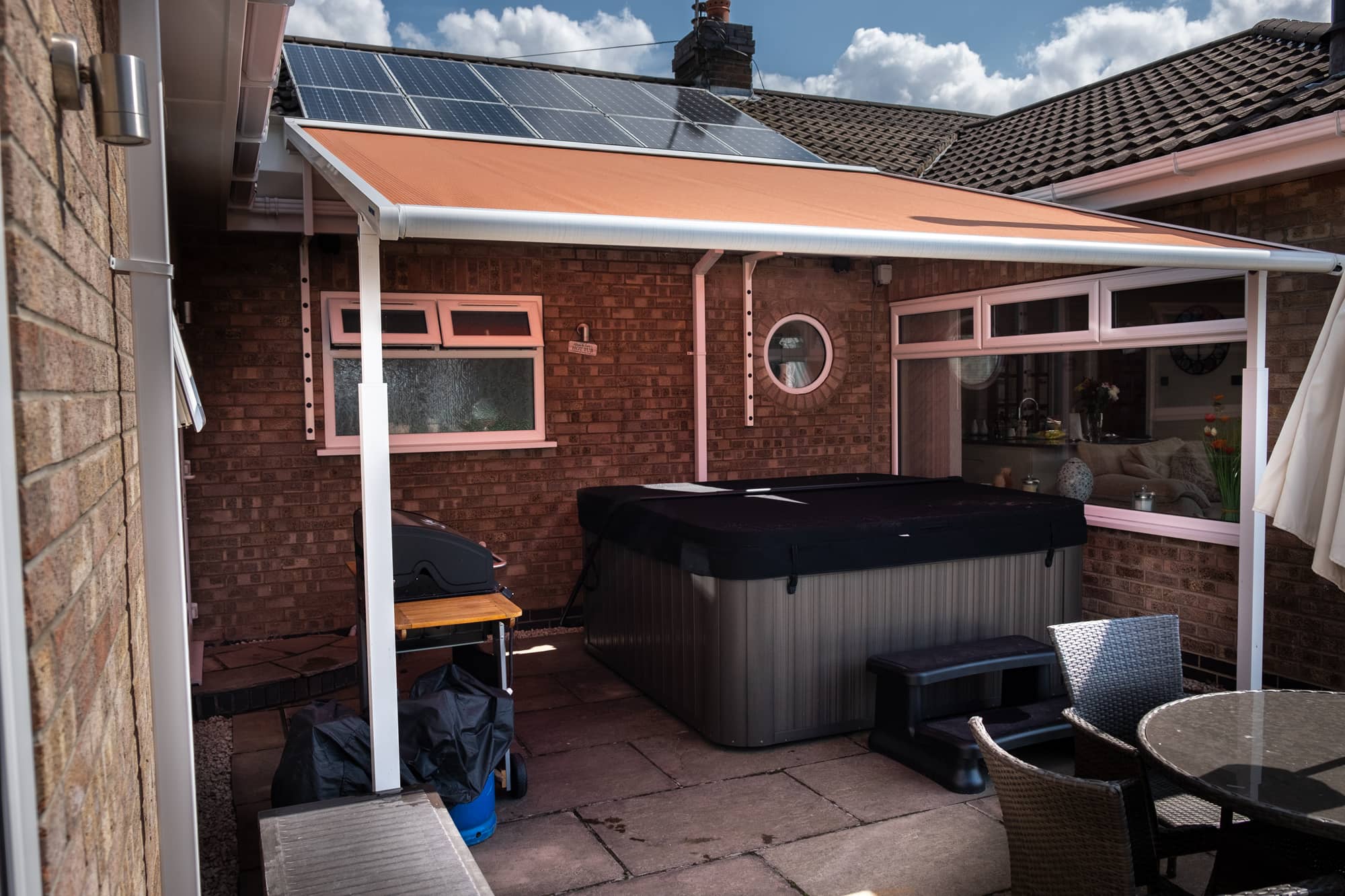
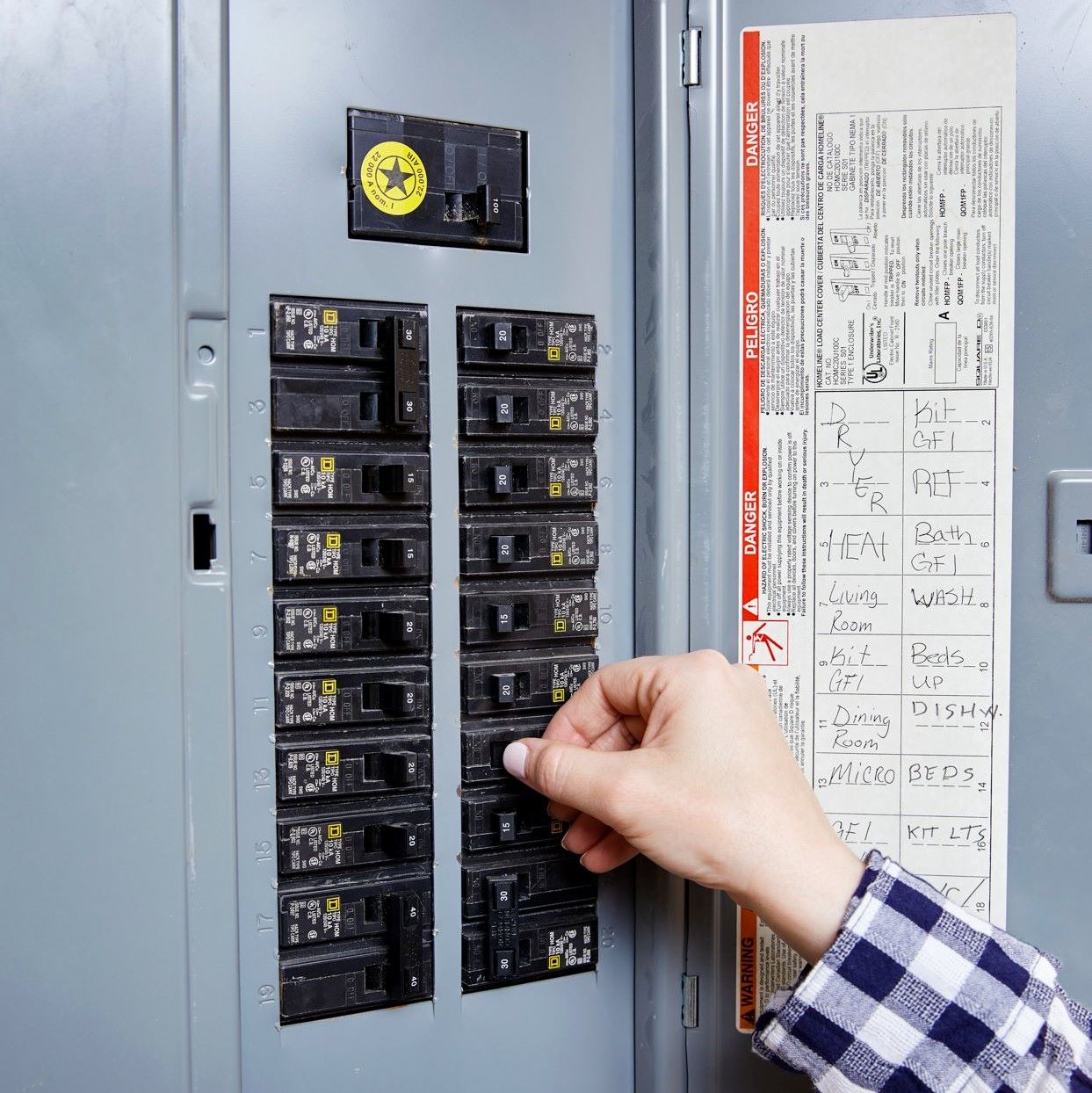
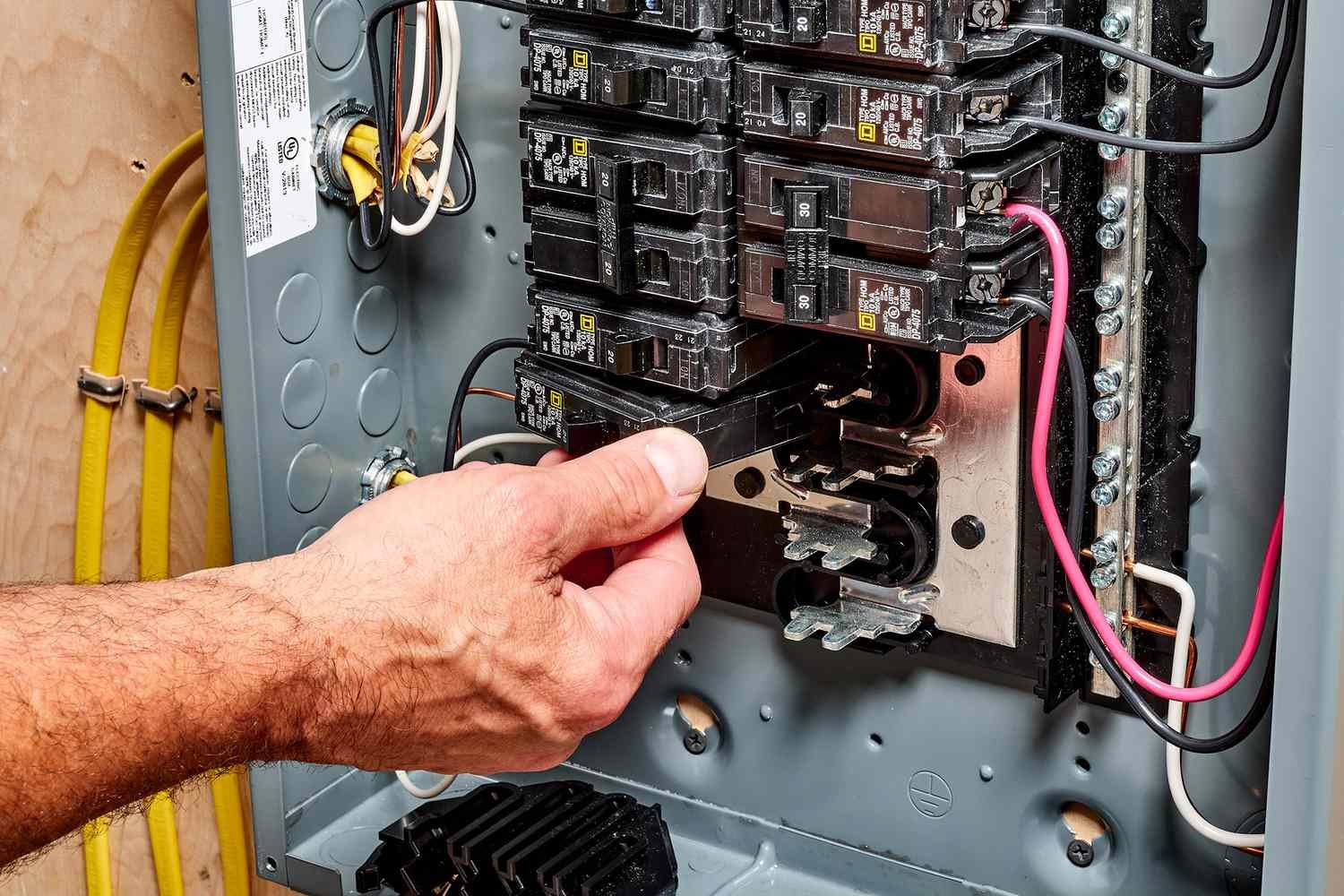

0 thoughts on “How Many Tandem Breakers In A Panel”